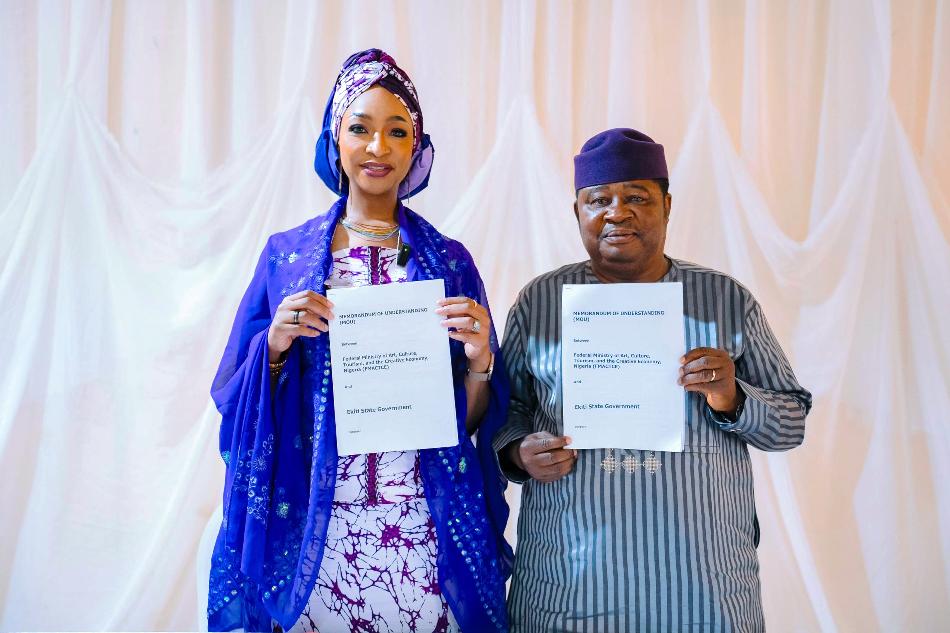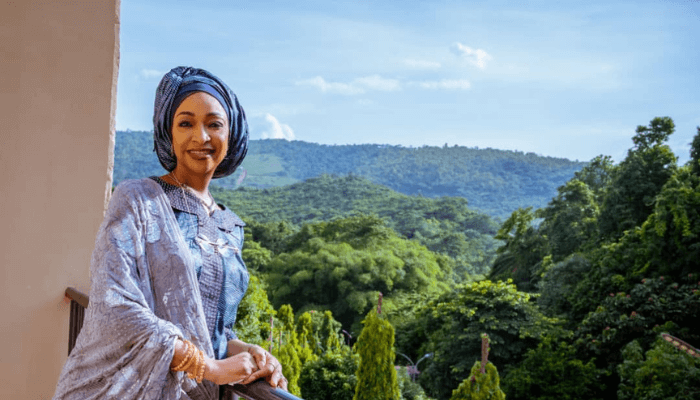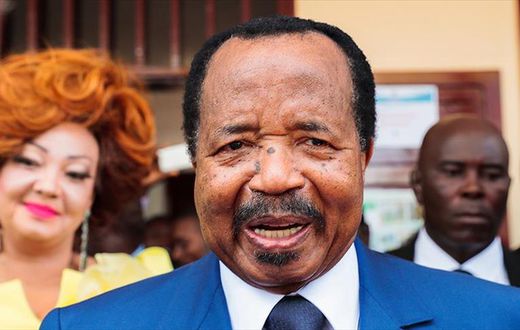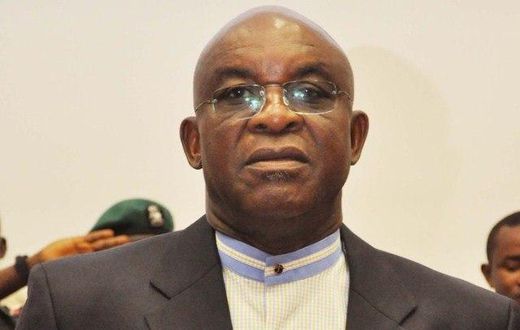Nigeria is taking bold steps to redefine itself as a powerhouse in global tourism and the creative economy. The Federal Government, led by Minister of Art, Culture, and the Creative Economy, Hannatu Musawa, has launched “Destination 2030,” a comprehensive campaign designed to build a new international image for the country based on its rich cultural heritage, tourism assets, and creative industries.
Approved by President Bola Ahmed Tinubu at a Federal Executive Council meeting in February 2025, Destination 2030 aspires to make Nigeria a leading destination for art, culture, and tourism. This strategy aligns with global trends, where nations leverage their culture and creativity as “soft power” to build positive reputations and invite investment. According to industry experts, such initiatives are critical in repositioning a nation’s image and diversifying its economy beyond oil and commodity exports.
In recent months, the Ministry has hosted key events such as the Destination 2030 Strategic Stakeholders Retreat, held at the Ikogosi Warm Springs Resort and Conference Centre. The retreat attracted policymakers, private sector executives, data analysts, and acclaimed tourism specialists, who gathered to refine implementation blueprints, focusing on infrastructure upgrades, brand positioning of specific destinations, and forging public-private partnerships.
Stakeholders at the event, which PREMIUM TIMES covered, discussed actionable steps for putting Nigerian tourism on the global map—not just as a one-brand country but as a collection of unique, enticing locations that draw tourists for specific experiences.
Spotlighting Ikogosi as a Flagship Destination
Speaking at the Ikogosi retreat, Minister Musawa explained the shift in strategy: “We want to move away from marketing Nigeria as an undefined destination. Instead, we are emphasising signature sites like Ikogosi, positioning them as globally competitive locations in the way that Bali is for Indonesia or Santorini is for Greece.”
A critical achievement at the retreat was the signing of a Memorandum of Understanding (MoU) between the Federal Ministry and Ekiti State Government. The agreement signifies a new level of intergovernmental collaboration, setting Ikogosi up as the pilot site for Nigeria’s international tourism strategy. The MoU reportedly outlines commitments to improve local infrastructure, launch joint marketing campaigns, and attract sustainable investment to the southwestern state.
Minister Musawa emphasised: “Our collaboration with the Ekiti State Government aims to transform Ikogosi into a national treasure and a major global tourism draw. Through strong partnerships at all levels, we can elevate our tourism offerings and create an ecosystem where local communities benefit directly from visitors.”
Ikogosi is acclaimed for its rare natural wonder—a warm spring flowing side by side with a cold spring, a phenomenon virtually unparalleled anywhere in the world. Locals and scientists alike say this sets Ikogosi apart, providing Nigeria with a world-class attraction that, if well managed, could host thousands of visitors annually.
Ekiti State Governor Abiodun Oyebanji, represented by Commissioner for Arts, Culture, and the Creative Economy Rasaki Ojo Bakare, praised the initiative, claiming the partnership arrives at a time of rapid growth in Ekiti’s cultural and creative sectors. “Our progress isn’t just political talk—you can see it in the development on the ground,” Bakare remarked, underlining that tourism and the creative economy could become “the next oil for Nigeria,” creating jobs and reducing poverty if properly harnessed.
He also thanked federal authorities for selecting Ekiti as the pilot state, noting that the government is fully behind the national rebranding programme.

Revamping Infrastructure and Visitor Experience
During the event, the minister officially opened the newly built Presidential Villa at the resort—a visible sign of government investment in tourism infrastructure. “There’s no need for Nigerians to seek peace, nature, and luxury abroad—Ikogosi provides all these attributes at home,” she asserted, stressing the need for robust marketing strategies.
However, Musawa acknowledged the significant challenge of weak infrastructure in many Nigerian tourism destinations. The government is reportedly in talks with aviation authorities and state partners to improve road access and consider direct flights into Ado-Ekiti, which would make traveling to Ikogosi easier. “Access is everything,” she said. “If tourists cannot reach our attractions conveniently, even our best sites remain undiscovered gems.”
The Destination 2030 scheme reportedly sits as a core pillar within President Tinubu’s broader Renewed Hope Cultural and Tourism Agenda—a policy effort that seeks to turn Nigeria’s diverse cultural assets into economic value, create new jobs, and secure a larger slice of the global tourism market.
Strategic Goals and Key Milestones
According to official statements, the Destination 2030 project pursues five main objectives:
- Elevating Nigeria’s international image
- Attracting fresh investment to tourism and allied sectors
- Increasing the number of tourist arrivals
- Expanding the country’s cultural reach overseas
- Empowering local communities through sustainable tourism development
To measure progress, the ministry is monitoring indicators such as visitor numbers, tourism-related revenue, digital engagement metrics, and the visibility of Nigeria’s tourism brand on international platforms.
Besides Ikogosi, other landmark destinations are set to be featured in phase one of the national rollout: Obudu Cattle Ranch in Cross River, Zuma Rock in Niger State, the famed Nok Terracotta Trails in Kaduna, and the Ogbunike Caves in Anambra. These attractions will benefit from tailored marketing campaigns, infrastructure investments, and enhanced digital visibility, helping to present a vibrant and competitive narrative of Nigerian tourism to the world.
“We want the global community to see Nigeria not only through our music and fashion on international stages but also in the breathtaking destinations, living heritage sites, and compelling stories our lands offer,” Musawa explained.
The initiative is not just a government affair: The Ministry is in partnership with private actors like Cavista Holdings (which includes Glocient Hospitality and Ikogosi Warm Springs Resort’s concessionaire), with the aim to draw more investors, experienced creatives, tour operators, and media houses into the fold. “We cannot deliver this transformation alone. We need commitment from every sector—government provides the environment, but it’s the private sector’s vision and creativity that will make Destination 2030 a reality,” Musawa added.
Technology, Storytelling, and Community Impact
At the stakeholders’ retreat, discussions also covered integrating data analytics, sustainability practices, and digital infrastructure into the overall development strategy. Experts argued that embracing technology is critical not only for efficient management but also for delivering a seamless visitor experience that meets global standards.
Equally important, Musawa stressed, is the power of content creation and storytelling in building destination brands that resonate across borders. “It’s through compelling narratives that we will inspire tourists to choose Nigeria,” she noted.
Tourism insiders, such as Lagos-based tour consultant Sola Ajayi, say the new approach marks a welcome departure from older, less focused campaigns. “Nigerian destinations have so much to offer, but we must overcome longstanding challenges—from poor roads to inconsistent marketing. If the right investments are made and local communities are engaged as partners, this could be a turning point,” Ajayi remarked.
Challenges and Perspectives
Despite the promise, obstacles remain. Improvements in infrastructure, security, and hygiene standards are necessary if Nigeria’s tourist destinations are to compete with established sites in Ghana, Kenya, or South Africa. Additionally, convincing international travelers—and even Nigerians themselves—to rediscover domestic tourism will require sustained investment, reliable data, and a strong commitment to quality service.
However, analysts agree that targeted destination branding like Destination 2030 can drive real change if it combines innovative marketing, progressive policies, private investor participation, and robust local engagement. As West African neighbours such as Ghana continue to advance their tourism sectors—Ghana’s “Year of Return” in 2019 reportedly drew over a million visitors—the Nigerian initiative may reinvigorate regional competition and collaboration for tourism-related dollars and recognition.
The journey to 2030 promises to be one of ambition, adaptation, and shared prosperity—if the vision translates into sustained action on the ground.
What do you think: Can Nigeria’s new Destination 2030 initiative change how the world sees Nigerian tourism? Do you have a story, comment, or perspective on this topic? Drop a comment below and don’t forget to follow us for more in-depth coverage of Nigerian culture, business, and travel.
For general support, reach out at support@nowahalazone.com.
Stay connected and get the latest updates—follow us on Facebook, X (Twitter), and Instagram!









